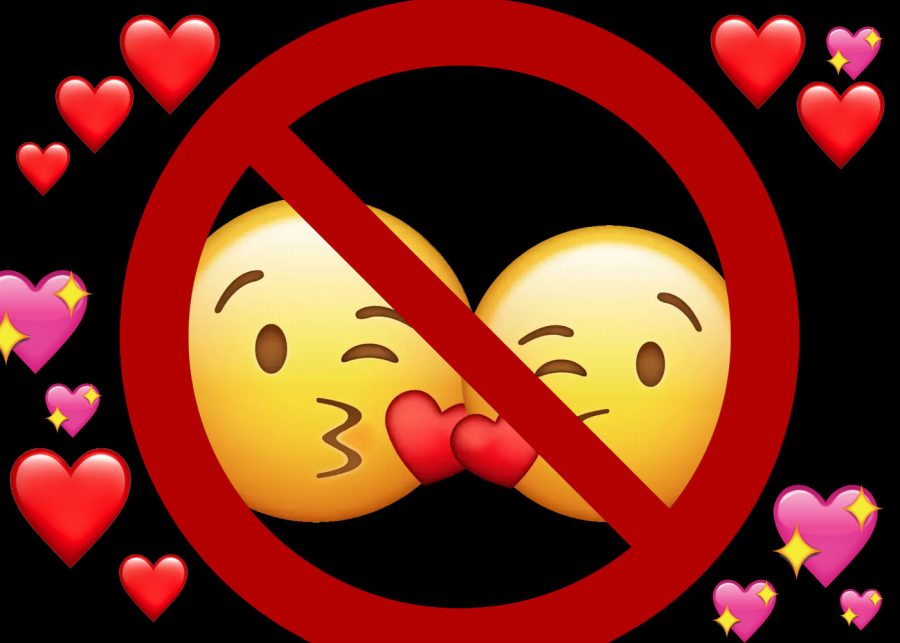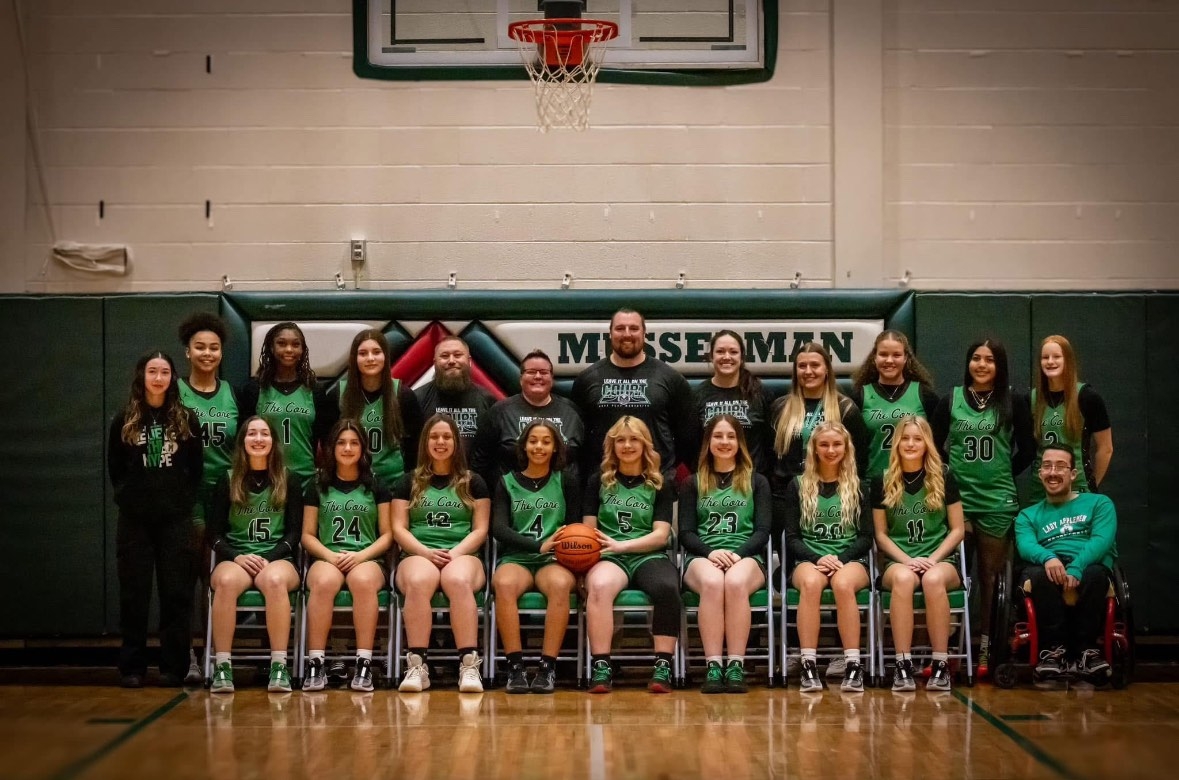History of Nintendo’s home consoles

March 10, 2022
Nintendo has been a staple company in gaming for many years, and has been very popular throughout multiple generations. Starting out with the Nintendo Entertainment System on July 15, 1983, all the way up to today with the Nintendo Switch!
The Nintendo Entertainment System (NES) was an 8-bit console created by Uemura Masayuki. It included some popular arcade games, but with the ability to play them at home! It was extremely popular in Japan; So popular in fact, that it got the attention of America! The console arrived in America in February 1986, and over 60 million consoles were sold worldwide! Super Mario Bros and The Legend Of Zelda were some of the most popular games on the system, and got several sequels each. Mr. Valdesalice, MUHS teacher and head of the tactical gamers club, said “It was surprising how advanced they made their adventure games.” He also stated that you really got your money’s worth. The NES became less popular as the new 16-bit consoles came out, such as the Sega Genesis and the Super Nintendo Entertainment System.¹
games, but with the ability to play them at home! It was extremely popular in Japan; So popular in fact, that it got the attention of America! The console arrived in America in February 1986, and over 60 million consoles were sold worldwide! Super Mario Bros and The Legend Of Zelda were some of the most popular games on the system, and got several sequels each. Mr. Valdesalice, MUHS teacher and head of the tactical gamers club, said “It was surprising how advanced they made their adventure games.” He also stated that you really got your money’s worth. The NES became less popular as the new 16-bit consoles came out, such as the Sega Genesis and the Super Nintendo Entertainment System.¹
 The Super Nintendo Entertainment System (SNES) was a superior version of the NES released in Japan on November 21, 1990, and in the August of 1991 for America. It had better graphics, better controllers with more buttons, more features, and even better sound quality! Unfortunately, the SNES had a slow start. It did not gain as much popularity as its predecessor, and was even surpassed by the Sega Genesis at the beginning, but the new games that came with it sold millions of copies, which helped cement its place as the leader of the fourth generation in the end.²
The Super Nintendo Entertainment System (SNES) was a superior version of the NES released in Japan on November 21, 1990, and in the August of 1991 for America. It had better graphics, better controllers with more buttons, more features, and even better sound quality! Unfortunately, the SNES had a slow start. It did not gain as much popularity as its predecessor, and was even surpassed by the Sega Genesis at the beginning, but the new games that came with it sold millions of copies, which helped cement its place as the leader of the fourth generation in the end.²
After the SNES, in the year 1995, Nintendo made the Virtual Boy. The Virtual Boy was Nintendo’s attempt to join in on the VR craze at the time. Unfortunately, the Virtual Boy was a failure, and only sold 770,000 copies. It wasn’t even a complete virtual reality! It was discontinued after a year.³
craze at the time. Unfortunately, the Virtual Boy was a failure, and only sold 770,000 copies. It wasn’t even a complete virtual reality! It was discontinued after a year.³
 After the massive failure of the Virtual Boy, Nintendo had a second wind. With the help of Silicon Graphics, they released the Nintendo 64 (N64) in 1996, just a year after the previous console. The N64 became an extremely popular home console using it’s new 3D graphics! It also had a 64-bit CPU and GPU, as well as four-player capabilities! Super Mario 64, (a game you might have heard of,) was released on the N64. The N64 actually skipped the 32-bit era, but still used cartridges despite the availability of discs. Its production was discontinued in 2003, but still managed to sell over 32 million copies.⁴
After the massive failure of the Virtual Boy, Nintendo had a second wind. With the help of Silicon Graphics, they released the Nintendo 64 (N64) in 1996, just a year after the previous console. The N64 became an extremely popular home console using it’s new 3D graphics! It also had a 64-bit CPU and GPU, as well as four-player capabilities! Super Mario 64, (a game you might have heard of,) was released on the N64. The N64 actually skipped the 32-bit era, but still used cartridges despite the availability of discs. Its production was discontinued in 2003, but still managed to sell over 32 million copies.⁴
After the N64 came the GameCube, released in 2001. It sold over 21 million copies, and had a few very popular games, such as Animal Crossing and Super Mario Sunshine. Mrs. Rakes, MUHS English teacher, stated, “The games were very unique.” The GameCube was quite the marvel of consoles for the time, being more powerful than the Playstation 2, but only about half the size of the Xbox. Unfortunately, it wasn’t very popular in Japan, and it was quickly overshadowed by the Wii in 2006.⁵
Animal Crossing and Super Mario Sunshine. Mrs. Rakes, MUHS English teacher, stated, “The games were very unique.” The GameCube was quite the marvel of consoles for the time, being more powerful than the Playstation 2, but only about half the size of the Xbox. Unfortunately, it wasn’t very popular in Japan, and it was quickly overshadowed by the Wii in 2006.⁵
 The Wii was released in 2006 (as you just read). The biggest innovation of the Wii is in its controllers. Its controllers connected to the console wirelessly, and also had motion controls, which allowed Nintendo to create new, innovative experiences. There were also other controller types, such as boards you could stand on (like Wii Fit’s board), and a steering wheel (for Mario Kart). The Wii focused on a wide range of skill levels, as well as games that multiple people could play together (like Mario Party). The Wii (and some of its games) sold so well that there were market shortages during several holiday seasons in the US. Mr. Long, English teacher at MUHS, says, “I think it was the best family console to come out.”⁶
The Wii was released in 2006 (as you just read). The biggest innovation of the Wii is in its controllers. Its controllers connected to the console wirelessly, and also had motion controls, which allowed Nintendo to create new, innovative experiences. There were also other controller types, such as boards you could stand on (like Wii Fit’s board), and a steering wheel (for Mario Kart). The Wii focused on a wide range of skill levels, as well as games that multiple people could play together (like Mario Party). The Wii (and some of its games) sold so well that there were market shortages during several holiday seasons in the US. Mr. Long, English teacher at MUHS, says, “I think it was the best family console to come out.”⁶
The Wii U is an upgraded version of the Wii, but is still compatible with any game or controller from the original Wii. It was released in 2012, and has a more robust online experience than the Wii. It has its own gamepad, which is both a controller, and a screen! For some games, the Wii U uses the gamepad as a touch-screen, similar to the DS series. Sadly, the Wii U was Nintendo’s lowest-selling home console, selling only 13.5 million copies. A lot of its games were also ported to the switch.⁷
released in 2012, and has a more robust online experience than the Wii. It has its own gamepad, which is both a controller, and a screen! For some games, the Wii U uses the gamepad as a touch-screen, similar to the DS series. Sadly, the Wii U was Nintendo’s lowest-selling home console, selling only 13.5 million copies. A lot of its games were also ported to the switch.⁷
The Nintendo Switch was released in 2017. The Switch is Nintendo’s first hybrid console. It can be played at home, or on the go! The switch itself looks like a thin version of the Wii U gamepad, except it is the entire console! Similar to the Wii, the Nintendo Switch’s controllers are quite innovative. The controllers, or Joycons, can be detached from the Switch, and attached to other things to form new controllers! The Nintendo Switch is also Nintendo’s fastest selling console, selling 10 million units in only 10 months! Something else that is unique about the Switch is that it reverted back to using cartridges, instead of using discs. This was most likely to save space, as discs are quite large. The Switch is Nintendo’s latest console (as of writing this article).⁸
The switch itself looks like a thin version of the Wii U gamepad, except it is the entire console! Similar to the Wii, the Nintendo Switch’s controllers are quite innovative. The controllers, or Joycons, can be detached from the Switch, and attached to other things to form new controllers! The Nintendo Switch is also Nintendo’s fastest selling console, selling 10 million units in only 10 months! Something else that is unique about the Switch is that it reverted back to using cartridges, instead of using discs. This was most likely to save space, as discs are quite large. The Switch is Nintendo’s latest console (as of writing this article).⁸
Most of Nintendo’s home consoles were loved by millions of people, throughout several generations, and tons of people are looking forward to what’s to come. The only real failure was the Virtual Boy, but VR wasn’t very advanced at the time, so that makes sense.
¹https://www.britannica.com/topic/electronic-artificial-life-game
²https://nintendo.fandom.com/wiki/Super_Nintendo_Entertainment_System
³https://www.businessinsider.com/nintendo-virtual-boy-reality-3d-video-games-super-mario-2018-3
⁴https://nintendo.fandom.com/wiki/Nintendo_64
⁵https://www.giantbomb.com/gamecube/3045-23/
⁶https://www.britannica.com/topic/Nintendo-Wii
⁷https://nintendo.fandom.com/wiki/Wii_U
⁸https://nintendo.fandom.com/wiki/Nintendo_Switch






















